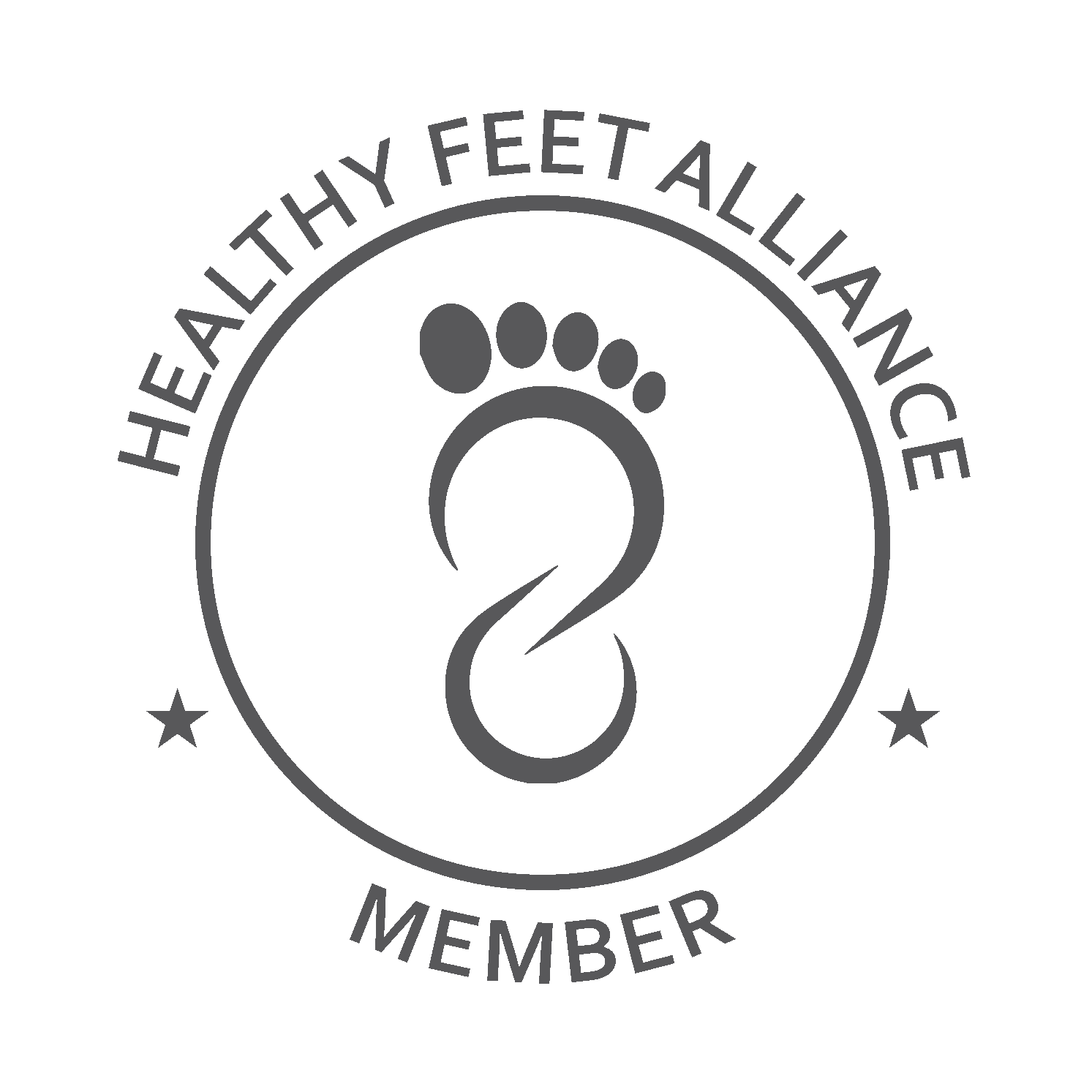A Brief History of Ultrasound
Ultrasound technology traces its origins to sonar systems used during World War II to detect submarines. These sonar systems used high-frequency sound waves to “see” objects underwater, but they had unintended side effects, like heating up and harming marine life. However, scientists soon realized that these sound waves could be used in medicine to safely heat tissues and promote healing, especially in physical therapy settings. Since the 1940s, therapeutic ultrasound has been used to treat various conditions and remains a common tool in rehabilitation and physical therapy.
What Exactly Is Ultrasound Therapy?
Inside an ultrasound machine, an electrical charge is applied to a crystal, creating a piezo-electric effect which produces sound waves with frequencies above 20,000 Hz – well above what the human ear can hear. These sound waves travel through soft tissues, producing microscopic gas bubbles near your injury that expand and contract rapidly, a process called cavitation, which is thought to increase blood flow, reduce pain, and relax muscles, potentially helping tissues heal faster.
When Is Ultrasound Therapy Recommended?
Ultrasound therapy is most effective on tissues with a lot of collagen, like tendons, ligaments, and joint capsules, which absorb the heat well. However, tissues with high water content, such as muscle, don’t respond as effectively to ultrasound. Therapists may recommend ultrasound for several reasons:
Pain relief: It may ease pain by warming up and relaxing tight muscles or tendons. In some patients with chronic low back pain, it has some conflicting but weak evidence that it may be helpful in some patients.
Improving range of motion (ROM): It can reduce stiffness, especially in joints, which could help with flexibility.
Reducing muscle spasms: The warming effect of ultrasound may help muscles release tension.
Speeding up tissue healing: Though evidence is mixed, ultrasound might help certain tissues repair by increasing blood flow to the area.
Does Ultrasound Therapy Actually Work?
This question is at the center of a lot of medical research. Over the years, researchers have looked closely at the effectiveness of ultrasound therapy for various conditions, with mixed results. Here are some key findings:
Limited Effects on Pain Relief: Research, like a Cochrane review from 2011, has shown that ultrasound may have limited effects for treating acute injuries, such as ankle sprains (van den Bekerom et al., 2011).
Mixed Results for Joint and Muscle Conditions: Studies from 2010 examined ultrasound’s role in treating joint and tendon issues, such as knee osteoarthritis and tennis elbow, finding little solid evidence for its effectiveness in these cases (Robertson and Baker, 2010; Shanks, Curran, Fletcher, & Thompson, 2010).
Special Cases with Chronic Conditions: In a 2015 study, some patients with long-term tendon pain experienced relief using low-intensity, wearable ultrasound devices for several hours a day, suggesting it might be helpful in very specific cases (Best, Moore, Jarit, Moorman & Lewis, 2015).
Animal Studies vs. Human Studies: Interestingly, ultrasound has shown success in animal studies, but these effects often don’t translate to human patients (Speed, 2001).
The Bottom Line: Should You Consider Ultrasound Therapy?
Despite the fact that it has been used as a staple for care in rehab for more than 60 years and studied in research for even longer, it’s still unclear how effective it really is. There is very little evidence that active therapeutic ultrasound is more effective than placebo ultrasound for treating people with pain or a range of musculoskeletal injuries or for promoting soft tissue healing.
The few studies deemed to have adequate methods examined a wide range of patient problems. The dosages used in these studies varied considerably, often for no discernable reason.
So while, in some patients, it might feel good temporarily, therapeutic ultrasound doesn’t have a scientifically based or supported role as a primary rehabilitation tool. The reported effect that it has on the body is transient and has no therapeutic role in recovering from an injury and rehabilitating the underlying reason for an injury.
Additional references
van den Bekerom, M. P., van der Windt, D. A., ter Riet, G., van der Heijden, G. J., & Bouter, L. M. (2011). Therapeutic ultrasound for acute ankle sprains. Cochrane Database of Systematic Reviews, 2011(6), CD001250-. https://doi.org/10.1002/14651858.CD001250.pub2
Robertson, V. J., & Baker, K. G. (2010). A Review of Therapeutic Ultrasound: Effectiveness Studies. Journal of Women’s Health Physical Therapy, 34(3), 99–110. https://doi.org/10.1097/JWH.0b013e318200897a
Shanks, P., Curran, M., Fletcher, P., & Thompson, R. (2010). The effectiveness of therapeutic ultrasound for musculoskeletal conditions of the lower limb: A literature review. Foot (Edinburgh, Scotland), 20(4), 133–139. https://doi.org/10.1016/j.foot.2010.09.006
Dogru, H., Basaran, S., & Sarpel, T. (2008). Effectiveness of therapeutic ultrasound in adhesive capsulitis. Joint, Bone, Spine : Revue Du Rhumatisme, 75(4), 445–450. https://doi.org/10.1016/j.jbspin.2007.07.016
Best, T. M., Moore, B., Jarit, P., Moorman, C. T., & Lewis, G. K. (2015). Sustained acoustic medicine: wearable, long duration ultrasonic therapy for the treatment of tendinopathy. The Physician and Sportsmedicine, 43(4), 366–374. https://doi.org/10.1080/00913847.2015.1095617
C. A. Speed. Therapeutic ultrasound in soft tissue lesions. Rheumatology (Oxford, England), 40(12), 1331–1336. https://doi.org/10.1093/rheumatology/40.12.1331
Valma J Robertson, Kerry G Baker, A Review of Therapeutic Ultrasound: Effectiveness Studies, Physical Therapy, Volume 81, Issue 7, 1 July 2001, Pages 1339–1350, https://doi.org/10.1093/ptj/81.7.1339
Kerry G Baker, Valma J Robertson, Francis A Duck, A Review of Therapeutic Ultrasound: Biophysical Effects, Physical Therapy, Volume 81, Issue 7, 1 July 2001, Pages 1351–1358, https://doi.org/10.1093/ptj/81.7.1351





